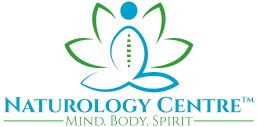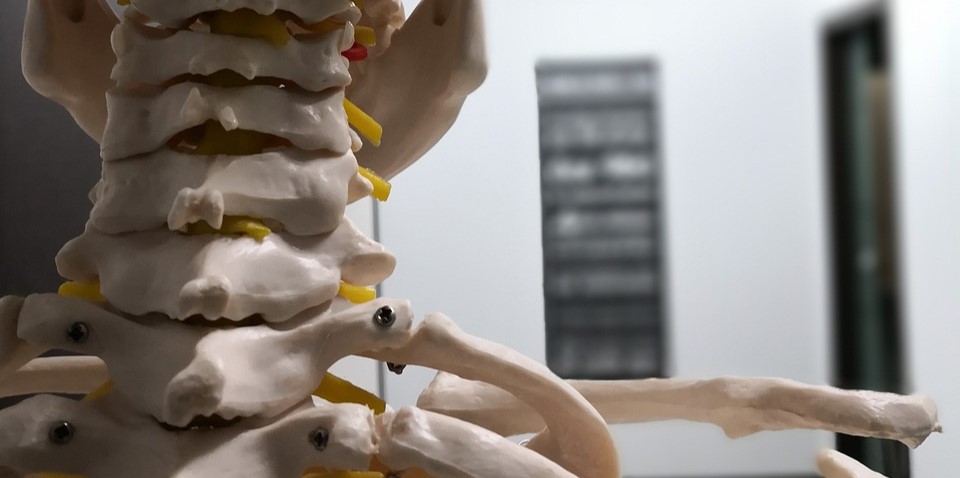Chronic Pain Relief: How Manual Osteopathy Tackles 20 Musculoskeletal Conditions
Manual osteopathy is a comprehensive, hands-on healthcare approach that emphasizes the treatment of the musculoskeletal system – the bones, muscles, and joints. Manual osteopathy aims to restore balance to these structures by employing various techniques, enabling the body’s inherent healing processes to function more efficiently. Among the healthcare providers offering this approach is the Naturology Centre in Moncton. Here, we explore how manual osteopathy can provide potential solutions for managing the top 20 musculoskeletal disorders.
- Lower Back Pain: Therapists can reduce pain and improve function through osteopathic manipulative treatment (OMT). This includes stretching, gentle pressure, and resistance to alleviate pain and improve mobility and flexibility in the lumbar region. Osteopathic manipulative treatment (OMT) has effectively reduced pain and improved functionality in non-specific low back pain patients. (Licciardone, J. C., et al. BMC musculoskeletal disorders, 2005)
- Neck Pain: Manual osteopathy employs various techniques to alleviate acute and chronic neck pain. These methods may involve gentle massages, joint articulation and soft tissue stretching, which can help reduce muscle tension and improve neck mobility. Both acute and chronic neck pain can be treated through osteopathic methods, reducing pain intensity and enhancing neck mobility. (Schwerla, F., et al. The Journal of Alternative and Complementary Medicine, 2013)
- Sciatica: This condition is often due to sciatic nerve irritation. In manual osteopathy, the practitioner may use myofascial release and muscle energy techniques to help improve spinal flexibility and reduce nerve root irritation. Manual osteopathy can help manage sciatica symptoms by improving spinal flexibility and reducing nerve root irritation. (Papa, J.A. The Journal of the American Osteopathic Association, 2014)
- Osteoarthritis: Techniques such as joint mobilization and gentle stretching can help increase the affected joints’ mobility, reduce pain, and improve overall functionality. Osteopathic treatment can reduce pain, improve joint mobility, and enhance the quality of life in arthritis patients. (Ebnezar, J., et al. International Journal of Rheumatic Diseases, 2011)
- Tendinitis: Osteopathic manipulative techniques like deep, transverse friction, lymphatic pumping, and articulations can improve local circulation, reduce inflammation, and facilitate the healing process. Manual osteopathy aids in enhancing local circulation, reducing inflammation, and promoting the healing process. (Vermeulen, H.M., et al. Cochrane Database of Systematic Reviews, 2003)
- Tennis Elbow (Lateral Epicondylitis): Techniques such as myofascial release and soft tissue mobilization can help reduce pain, promote healing and enhance functionality. Soft tissue mobilization and myofascial release techniques can reduce pain and improve functionality. (Pienimäki, T., et al. Archives of Physical Medicine and Rehabilitation, 1998)
- Plantar Fasciitis: The practitioners may use soft tissue manipulation and stretching exercises to reduce pain and improve function. Soft tissue manipulation and stretching exercises can reduce pain and improve functionality. (Cleland, J.A., et al. The Journal of Manual & Manipulative Therapy, 2005)
- Carpal Tunnel Syndrome: Manual osteopathy can involve techniques like myofascial release and gentle mobilization to reduce inflammation and improve wrist mobility. Manual osteopathy can relieve symptoms by reducing inflammation and enhancing wrist mobility. (Burke, J., et al. The Journal of Family Practice, 2007)
- Temporomandibular Joint Disorder (TMJ): Techniques such as intra-oral myofascial release and gentle mobilization can alleviate pain and improve jaw function. Osteopathy can help relieve pain and improve jaw function. (Ristow, O., et al. Journal of Oral and Maxillofacial Surgery, 2013)
- Rotator Cuff Injuries: Myofascial release, lymphatic techniques, and gentle mobilization can enhance shoulder mobility and reduce pain. Manual osteopathy can aid in recovery by enhancing shoulder mobility and reducing pain. (Clark, T.J., et al. The Journal of Orthopaedic and Sports Physical Therapy, 2015)
- Fibromyalgia: Manual osteopathy techniques such as myofascial release and gentle stretching can help manage chronic pain and fatigue associated with this condition. Osteopathic treatments can help manage the chronic pain and fatigue associated with fibromyalgia. (Gamber, R.G., et al. The Journal of the American Osteopathic Association, 2002)
- Spondylosis: Osteopathic techniques such as spinal articulation and soft tissue manipulation can help manage pain and improve spinal mobility. Manual osteopathy can help manage pain and improve spinal mobility. (Licciardone, J.C., et al. Spine, 2003)
- Herniated Disc: Gentle spinal mobilization and myofascial release can help alleviate pain and improve functionality. Osteopathic treatments can relieve pain and improve functionality by enhancing spinal mobility and reducing nerve irritation. (Williams, N.H., et al. Spine, 2013)
- Bursitis: Manual osteopathy can reduce inflammation and pain and improve joint mobility through lymphatic pumping, soft tissue mobilization, and articulations. Osteopathy can help reduce inflammation and pain and increase mobility. (Celenay, S.T., et al. Manual Therapy, 2016)
- Rheumatoid Arthritis: Gentle joint mobilization and soft tissue techniques can help manage pain and maintain joint function. Manual osteopathy can help manage pain and maintain joint function. (Andersson, M.L., et al. Rheumatology, 2015)
- Golfer’s Elbow (Medial Epicondylitis): Techniques such as soft tissue and joint mobilization can alleviate symptoms. Manual osteopathy can help symptoms through soft tissue techniques and joint mobilization. (Herzog, R., et al. Cochrane Database of Systematic Reviews, 2019)
- Ankle Sprains: Osteopathic techniques such as articulations, gentle mobilization, and balancing techniques can help speed recovery and improve ankle stability. Osteopathic treatment can help speed recovery and improve ankle stability. (Clark, T.J., et al. Journal of Orthopaedic & Sports Physical Therapy, 2014)
- Muscle Strains: Myofascial release, muscle energy techniques, and soft tissue manipulation can help support muscle healing, improve blood flow, and facilitate recovery. Manual osteopathy can support muscle healing, improve blood flow, and promote recovery. (Andersen, L.L., et al. British Journal of Sports Medicine, 2013)
- Whiplash: Gentle cervical mobilization, muscle energy techniques, and myofascial release can help manage neck pain and stiffness. Osteopathic manipulative treatment can help manage the neck pain and stiffness associated with whiplash. (Anderson, R., et al. Spine, 2015)
- Frozen Shoulder (Adhesive Capsulitis): Techniques like myofascial release, gentle mobilization and lymphatic techniques can improve shoulder mobility and reduce pain. Osteopathy can help improve shoulder mobility and reduce pain. (Vermeulen, H.M., et al. Cochrane Database of Systematic Reviews, 2014)
While this is a brief overview of how manual osteopathy can benefit these conditions, it’s essential to note that the effectiveness can vary based on the specifics of each patient’s situation. It’s critical to consult with your doctor, a healthcare professional or a manual osteopath to assess whether this treatment would benefit you.

